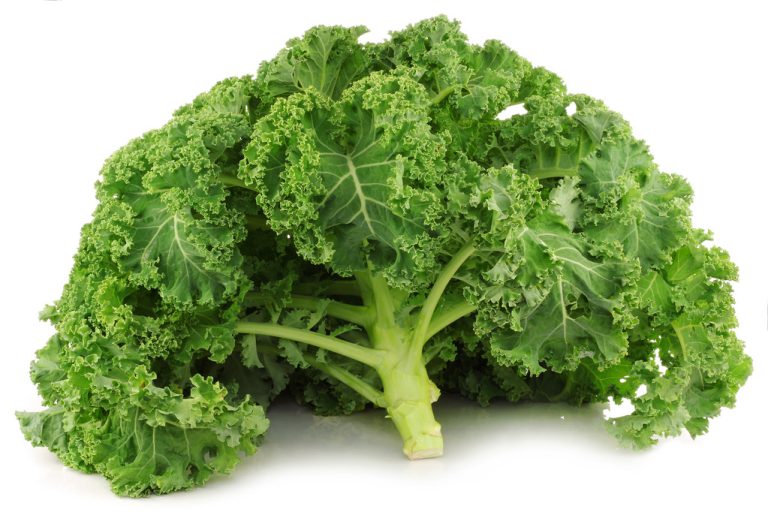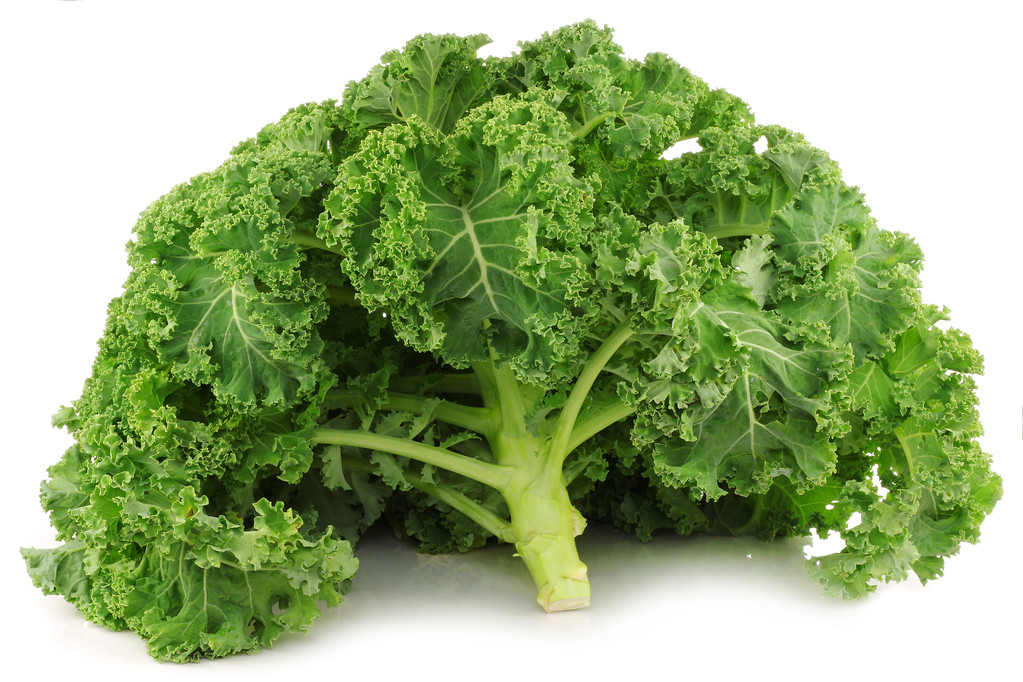Mushroom salt is versatile. It goes well with warm dishes, refines salads, or seasons your bread. We’ll tell you how to make it yourself with just three ingredients.
Mushroom salt is an interesting alternative to conventional table salt. The mushrooms give the salt an earthy, nutty note. It goes particularly well with vegetable dishes or salads, and the salt also tastes good on bread and butter.
Herb salt or chili salt are already known in many kitchens. With this mushroom salt you bring variety to your dishes. It is also a great gift for family and friends.
If you buy the ingredients, then pay attention to organic quality. Organic seals such as Demeter, Naturland, or Bioland are good indicators of ecologically sustainable cultivation. Choose the products from regional trade. This saves long transport routes and thus reduces the ecological footprint of your food.
Make mushroom salt yourself

WHO recommends eating salt in moderation. Therefore, use the mushroom salt carefully and use a salt substitute if necessary. Gomasio, Japanese sesame salt, is also suitable for this.
Ingredients:
- 60 coarse salt
- 60 g dried mushrooms of your choice
- 1 teaspoon of colored peppercorns
Directions:
- Place the mushrooms, salt, and peppercorns in a mortar or high-powered blender.
- Grind the ingredients very finely.
- Pour the finished mushroom salt into clean screw-top jars.
Tip: Store the mushroom salt airtight and protected from moisture. Then it can be kept practically indefinitely.
The mushroom salt consists of two main ingredients: mushrooms and salt. There are many different types of salt. In this recipe, we recommend using a fairly coarse one. Simply choose your favorite varieties for the mushrooms in this recipe. Dried porcini, oyster mushrooms or chanterelles taste particularly good.
You must dry the mushrooms before preparing the mushroom salt. You can find dried mushrooms in an organic supermarket or gourmet specialty store.
You can also collect or grow your own mushrooms. You should note a few things:

Wild mushrooms are in season in autumn. Then they grow in the forest and garden.
Choose local edible mushrooms for your recipe. In this way, you avoid high CO2 emissions due to long transport routes.
If you are collecting edible mushrooms, use mushroom identification tools.
Grow mushrooms yourself to be absolutely sure it’s the right kind.
Air or oven-dry the mushrooms. Then they have a long shelf life and you can use them for the mushroom salt.



